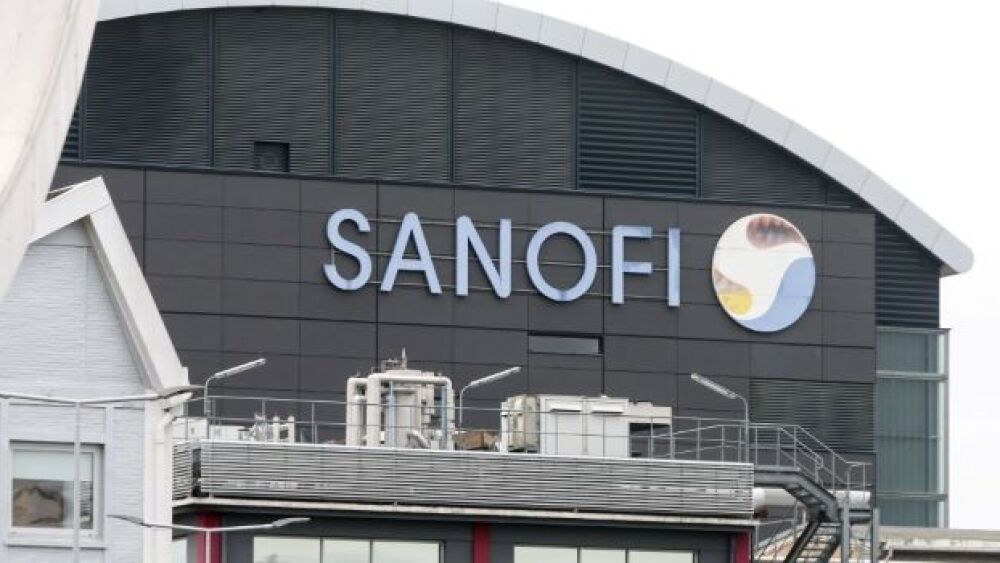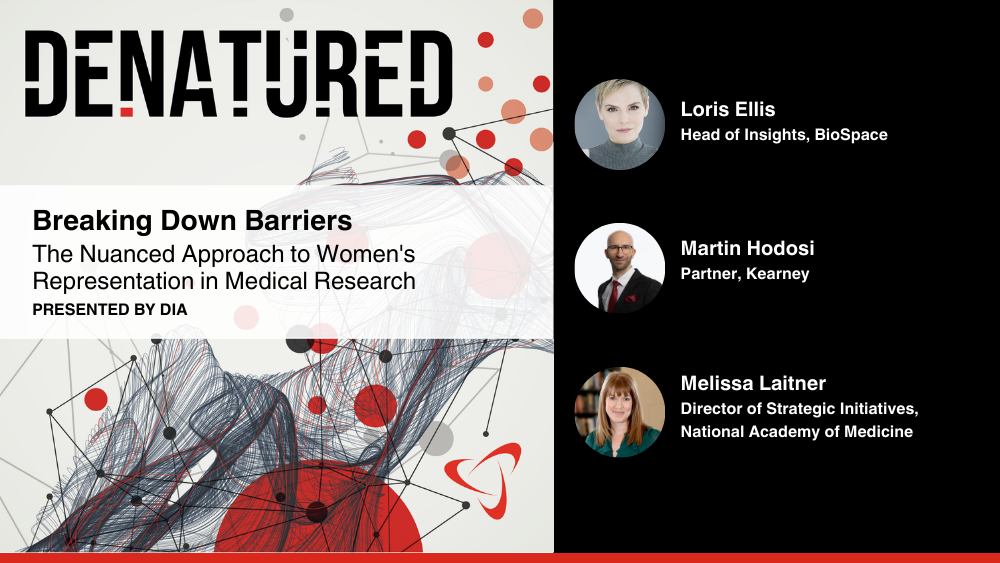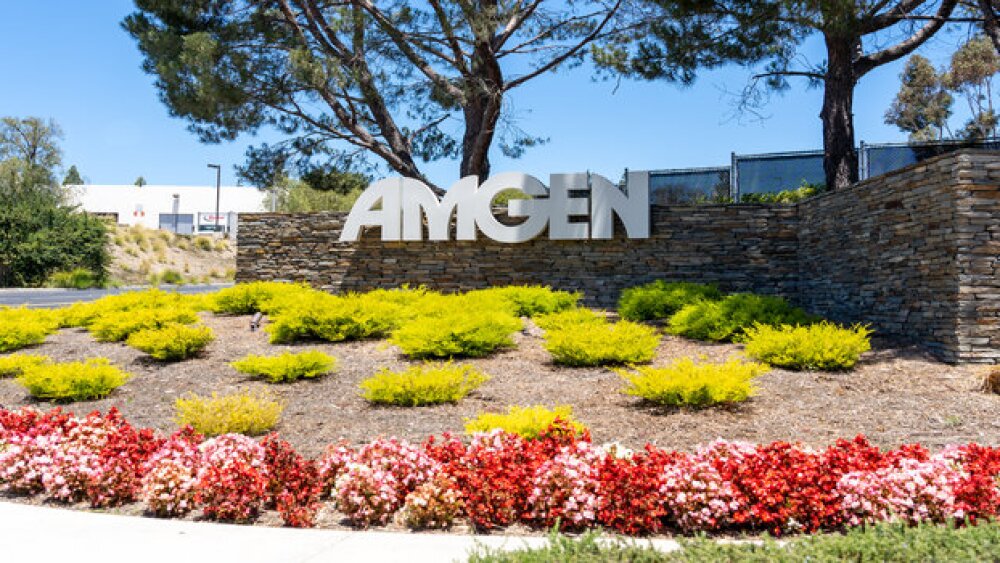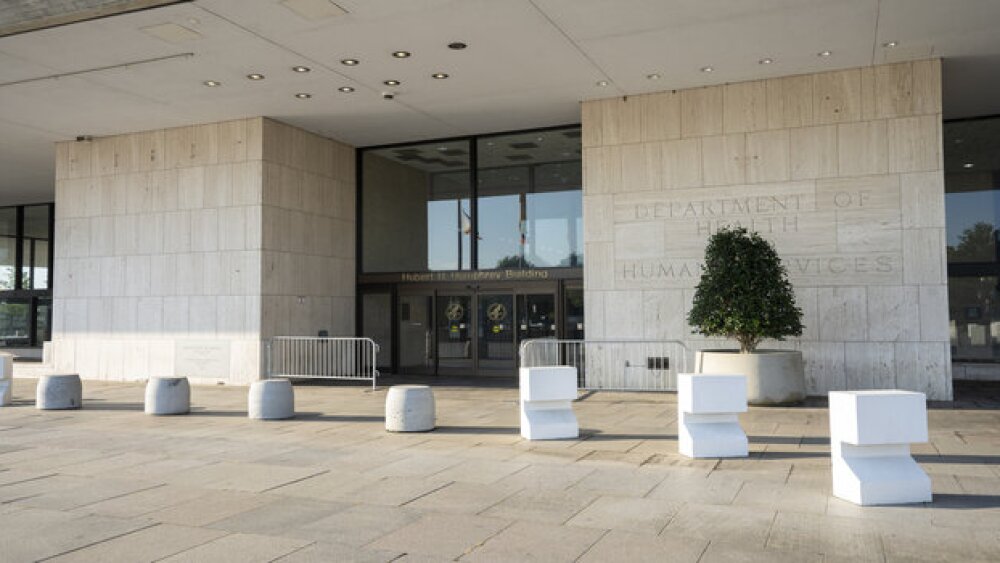Data from an ongoing Phase III trial showed Sanofi/Regeneron’s Dupixent can induce histological disease remission in young EoE patients aged 1–11.
Michel Stoupak/NurPhoto via Getty Images
Data from an ongoing Phase III trial showed Sanofi/Regeneron’s Dupixent (dupilumab) can induce histological disease remission in young eosinophilic esophagitis (EoE) patients ages 1–11 years, the companies announced Tuesday.
According to Sanofi and Regeneron, this is the first Phase III trial to document significant and positive results in EoE patients under 12 years, for whom no age group-specific treatments have yet to be approved.
Among the children treated with a higher Dupixent dose, 68% saw significant histological disease remission, meeting the study’s primary endpoint. This percentage was slightly lower, at 58%, in patients given the lower drug dose.
In comparison, only 3% of the placebo arm satisfied this efficacy metric. The treatment effect in both Dupixent arms was statistically significant, with a p-value less than 0.0001.
“With Dupixent, we are able to see for the first time that by inhibiting IL-4 and IL-13 – two key and central drivers of type 2 inflammation – we can make improvements in key disease measures such as histological disease remission and reduction in abnormal endoscopic finding within the esophagus,” A Dupixent spokesperson told BioSpace.
Aside from histological remission, higher-dose Dupixent also significantly improved abnormalities in the esophagus and led to a 3.09-percentile jump in body weight. Patients taking the study drug also saw fewer days where they experienced EoE symptoms, though this effect fell shy of statistical significance when compared to placebo.
Dupixent’s safety in young children was broadly consistent with its known safety profile in EoE patients aged 12 years or older. Adverse events were common, occurring in 79% of treated patients.
The most common toxicities were COVID-19, rashes, headaches, viral gastroenteritis, diarrhea and nausea. Through 16 weeks of follow-up, none of the Dupixent-treated patients discontinued the study due to side effects.
The Phase III study is a randomized and double-blinded trial assessing the efficacy and safety of Dupixent in pediatric EoE.mAlmost all enrolled patients also had at least one type 2 inflammatory condition, such as allergic rhinitis and asthma.
The trial is currently in its 36-week extended active treatment period, after which it will enter a 108-week open-label extension period for a more long-term analysis of Dupixent in this patient population.
A human monoclonal antibody that blocks both interleukins 4 and 13, Dupixent is a proven suppressor of type 2 inflammation. This mode of action has earned it various FDA approvals, including for asthma and atopic dermatitis. The drug was first approved in 2017 for eczema.
This year alone, Dupixent has already won three FDA nods. In May, the drug became the first-ever approved treatment for EoE in patients 12 years and older. One month later, in June, the regulatory body expanded Dupixent’s approval in moderate-to-severe atopic dermatitis, allowing its use in young children between 6 months and 5 years old.
Last month, Sanofi and Regeneron hit another industry milestone when Dupixent was approved as the first drug for prurigo nodularis.
The partners are continuing to assess Dupixent in various type 2 inflammation indications, including chronic inducible urticaria-cold, chronic pruritus of unknown origin, allergic fungal rhinosinusitis and bullous pemphigoid.






